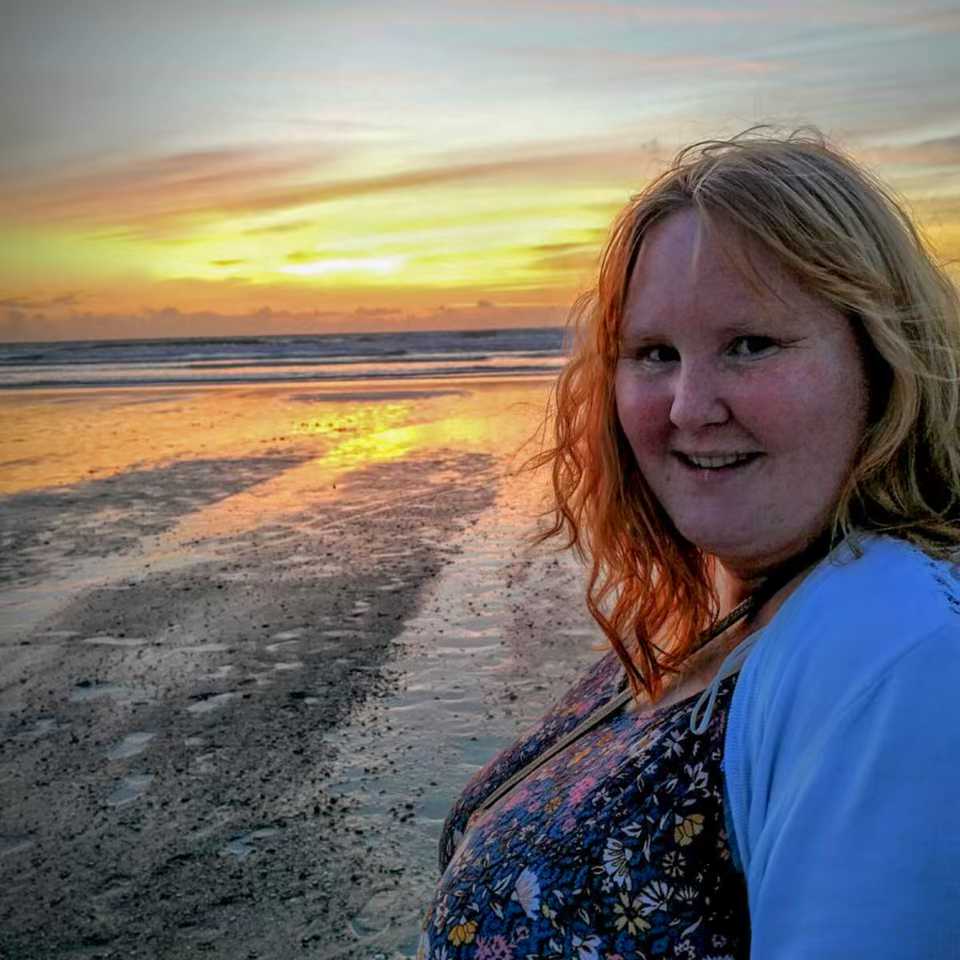Wake Up And Smell The Developer - All About Caffenol-C And Making Prints At Home
- lizjenkin

- Dec 6, 2021
- 4 min read
Updated: Feb 17, 2022
Disclaimer: Please, for the love of god, do not smell the developer. The smell of coffee in the morning may be heavenly to some, but a homemade coffee-based developer smells like it came from the pits of hell. If you're doing any developing at home, good ventilation is vital.
Please handle all chemistry carefully - frequently and thoroughly wash your hands, wear protective gloves and goggles, and do not ingest or inhale any of the chemistry. Ensure there is adequate ventilation and clean up any spills immediately.

Most of the processes I will be exploring can be done with minimal chemistry, but if you're like me and you want to try a few ideas out, having access to a darkroom can be very useful. I am lucky enough to have a windowless bathroom with an extractor fan, which I can use as a makeshift darkroom. I just block the gap of light under the door with a towel and turn off the lights - complete darkness with a bit of ventilation. Some people use the garden shed or the garage, and I even know of someone who has set up shop inside a wardrobe with a thick black blanket draped over it!
If you can't find a place that's pitch black, don't let that stop you. Most of the darkroom techniques I try will be safe to do in subdued light, and it's all about experimenting anyway!
Homemade Developer, Stop, and Fix
Caffenol-C is an effective developer you can make at home - the ingredients can all be found in your local supermarket. You can use this to develop your black-and-white film, but this must be done in complete darkness. I tend to just use it for prints instead. It smells foul - you have been warned. A vinegar bath stop and salt-water fix are also very simple to make, but are less reliable than store-bought chemicals. I've not had great results with a home-made fix in the past. As you can see in the image below, I had trouble getting all of the powder to dissolve in my developer. I was just impatient - take your time and keep stirring it.

Developer - Caffenol-C
300ml cold water
46g soda crystals (I use Dri Pak)
12g coffee (not decaf)
5g vitamin C (ideally powder, but ground tablets will do)
To make the developer:
Pour half of the water into a jug and add the coffee. Stir until dissolved.
Pour the rest of the water into another jug and add the soda crystals. Stir until dissolved.
Pour both jugs into a tray and add vitamin C powder. Stir and try to dissolve all of the powder.
Stop - Vinegar bath
180ml cold water
120ml white or distilled vinegar (5% concentration - I use Sarson's)
Fix - Salt-water
500ml cold water
150g table salt
How to print photos:
Expose your photosensitive paper and place it into the developer tray. Agitate the solution continually. Your image should start to appear after about a minute, but if using Caffenol-C this might take a bit longer.
Move the paper to the stop bath, and agitate continually for 30 seconds.
Move the paper to the fix. If using a salt-water fix, allow it to sit for 24 hours, otherwise, follow the manufacturer's instructions.
Wash in running water (or if in a tray of water, replace the water frequently) for about half an hour, then allow your print to dry.
Purchasing Chemicals, Film, and Paper
Note: I am not affiliated with any of the following companies in any way, nor do I get anything for you purchasing through these links - I've just found their products to be reliable and relatively inexpensive, and use them myself.
As I've had little success with my home-made fix, I have purchased some fix from Ilford. I've found it isn't very expensive, but gives much more reliable results than simple salt-water. If you don't want to go down the route of making your own chemicals, follow the links below to the Ilford website.
All of my cyanotype equipment has come from Cyanotype UK. The starter kit will provide a great introduction to the process, but you can also purchase the chemistry and tools separately. I have bought some standard watercolour paper for when I inevitably run out of the paper provided in the kit. If applying the chemicals yourself is a bit daunting, Cyanotype UK also sell pre-coated paper, ready for you to use. This is also where I buy my transparencies for printing digital negatives.
Chemistry - Ilford
Film and Papers (B&W) - Ilford
Specialist - Cyanotype UK
I bought my UV lamp from Cyanotype UK a couple of years ago. Unfortunately, I can no longer find it on their website, nor can I find an alternative. I will keep looking and will update this if I find anything. You don't need a UV lamp, it's just helpful for certain processes, especially in the winter when the sunlight isn't as strong.
Mike Ware, an experienced alternative photographer, has given some guidance on UV light sources, but many of them involve cost or making your own light-box. Follow the link below for further information.
The best sources are fluorescent coated mercury-discharge tubes, emitting mostly the so-called 'long-wave ultra-violet' (UVA) around a wavelength of 365nm. Tubes with a peak output around 410nm are also effective, but 'cool white' fluorescent tubes are not - Mike Ware




Comments